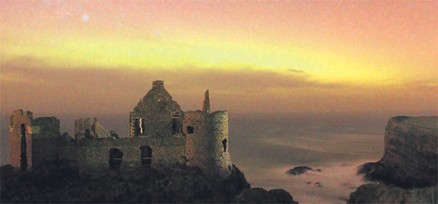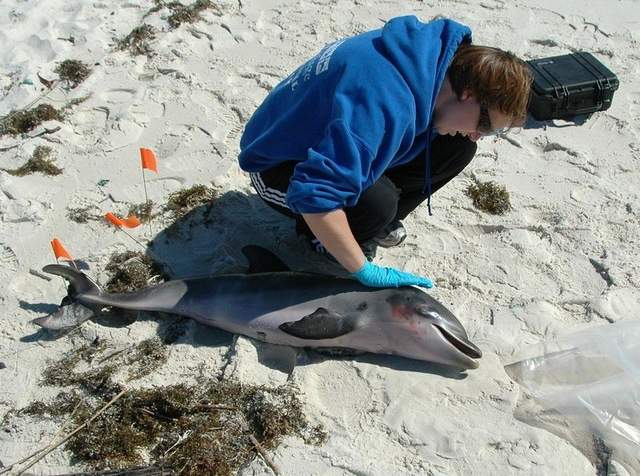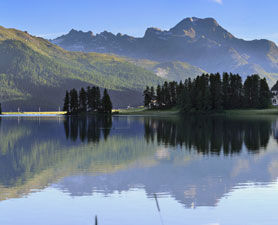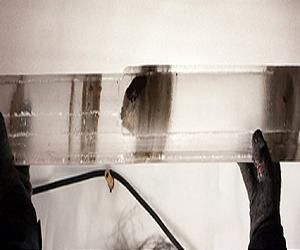
© Conor McDonaldThe aurora borealis dancing in the skies above Dunluce Castle.
Bathed in an eerie light, this strange image of Dunluce Castle hasn't been digitally enhanced - whatever you may think. The windswept fortification perched on the cliffs of the north Antrim coast isn't catching the dawn light nor the last of the evening sunshine.
The reason for its peculiar appearance is that the landmark site is drenched in the rarely sighted illumination of the aurora borealis - or the northern lights.
Indeed, this particular snap is the handiwork of Maghera photographer Conor McDonald, who waited patiently for hours to capture perfection.
"I was following the path of the aurora so I headed up to Dunluce Castle and waited for it to get dark," said the 21-year-old.
There have been sightings of the startling natural phenomenon in recent weeks as the Earth sweeps through clouds of electrically charged particles blasted out from the sun, just as we emerge from the slowest point of an 11-year Sun cycle.
Meanwhile, 25-year-old Reed Ingram Weir, a professional photographer from Ballycastle, also took some impressive pictures.
"I go around the world trying to shoot the northern lights, but these are the best shots I've ever taken in the UK because they don't normally come this far south," he said.



